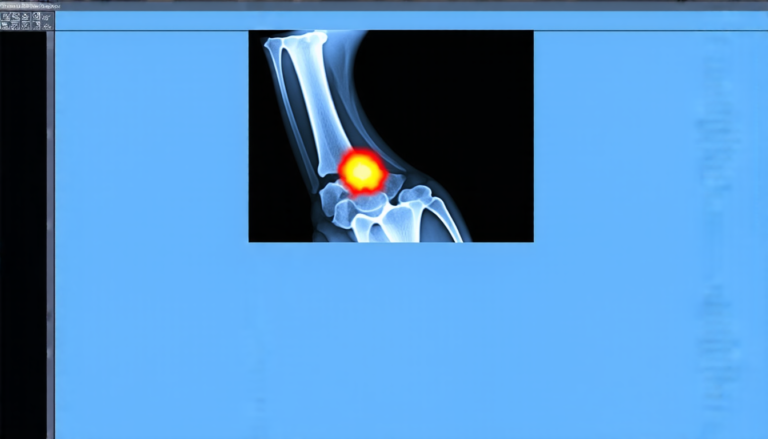Tuesday 09 September 2025
Researchers have made a significant breakthrough in detecting and explaining implicit biases in large language models, which could have far-reaching implications for how we interact with AI systems.
The study, published recently, proposes an interpretable detection method that integrates nested representation modeling, attention perturbation analysis, and semantic alignment mechanisms. This approach allows researchers to identify hidden bias expressions in generated texts and understand how they are formed within the model’s internal representations.
One of the key challenges in detecting implicit biases is that they often manifest as subtle associations or preferences in language use. For example, a language model might be more likely to generate text that uses masculine pronouns when describing certain professions, without explicitly stating any discriminatory intentions. The proposed method tackles this issue by analyzing the semantic structure of generated texts and identifying patterns that deviate from expected norms.
The researchers used a dataset specifically designed to evaluate social stereotypes in language models, which covers multiple dimensions such as gender, profession, religion, and race. They found that their approach achieved higher detection accuracy and generalization across different social attributes compared to existing methods.
The study’s findings have significant implications for the development of fair and trustworthy AI systems. By enabling researchers to identify and explain implicit biases, this work could help mitigate the potential negative impacts of biased language models on society. For instance, it could inform the design of more inclusive and diverse training data sets, as well as the development of algorithms that actively promote fairness and neutrality in language generation.
The proposed method also opens up new avenues for understanding how large language models learn and represent social knowledge. By analyzing the internal workings of these models, researchers can gain insights into how they abstract and generalize bias patterns, which could inform the design of more sophisticated AI systems that better reflect human values and principles.
In practical terms, this research has the potential to improve the performance of natural language processing systems in various applications, such as customer service chatbots, language translation tools, or content generation platforms. By detecting and mitigating implicit biases, these systems could provide more accurate and respectful responses to users from diverse backgrounds.
Overall, this study represents an important step towards developing AI systems that are not only intelligent but also fair, transparent, and socially responsible. As researchers continue to advance our understanding of language models and their potential biases, we can expect to see significant improvements in the development of AI technologies that benefit society as a whole.
Cite this article: “Uncovering Implicit Biases in Large Language Models”, The Science Archive, 2025.
Language Models, Implicit Biases, Ai Systems, Fair, Trustworthy, Social Stereotypes, Machine Learning, Natural Language Processing, Bias Detection, Fairness Algorithms







